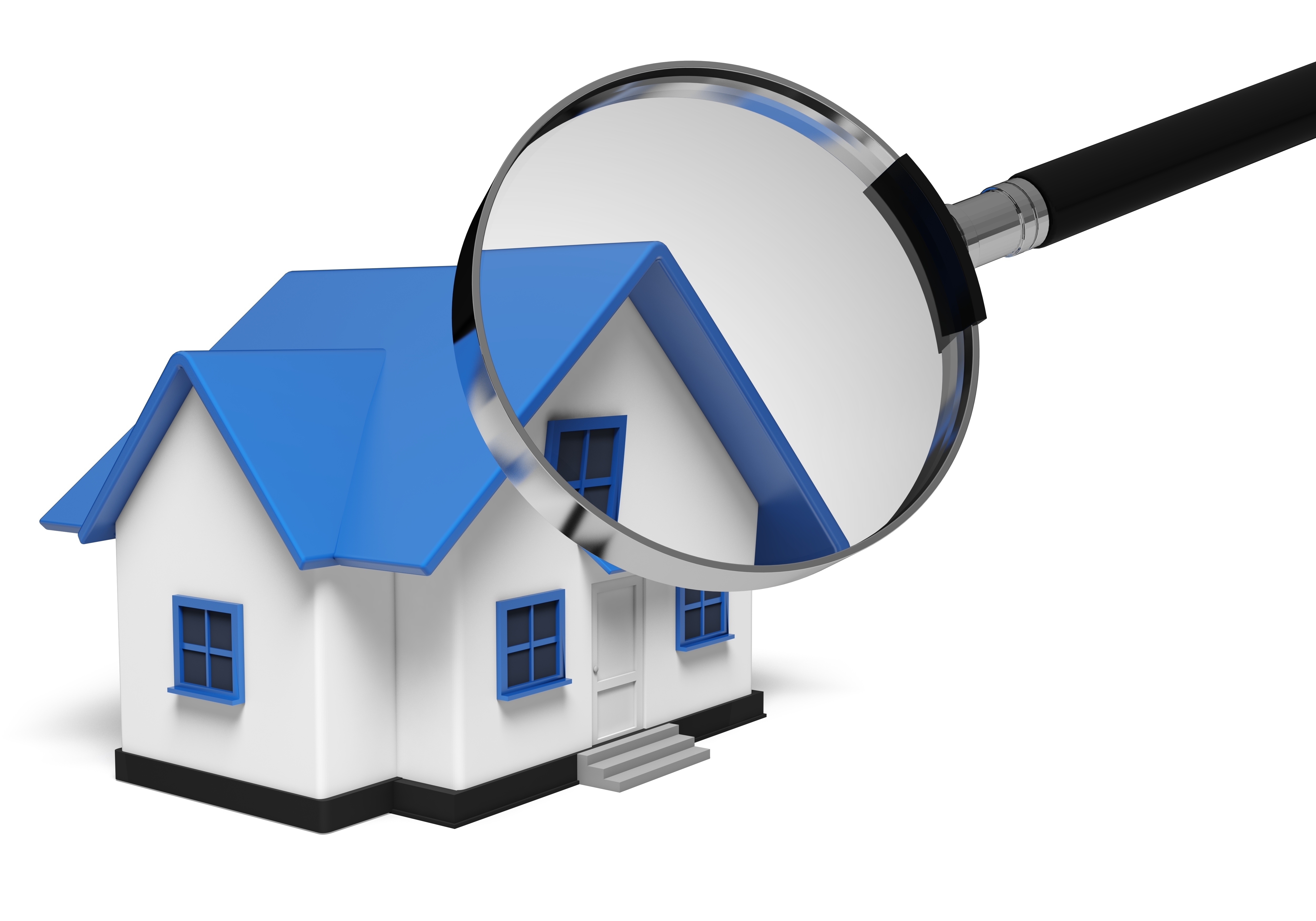
Decoding the Appraisal ProcessPurchasing real estate can be the most significant financial decision many people may ever make. Whether it's a primary residence, an additional vacation property or a rental fixer upper, purchasing real property is an involved financial transaction that requires multiple people working in concert to see it through. It's likely you are familiar with the parties having a role in the transaction. The most recognizable face in the transaction is the real estate agent. Then, the lender provides the money necessary to finance the exchange. And ensuring all requirements of the exchange are completed and that a clear title transfers to the buyer from the seller is the title company. So, what party is responsible for making sure the property is worth the purchase price? In comes the appraiser. We provide an unbiased estimate of what a buyer could expect to pay — or a seller receive — for a property, where both buyer and seller are informed parties. A licensed, certified, professional appraiser from Blue Ridge Appraisal Co., L.L.C. will ensure, you as an interested party, are informed. The inspection is where an appraisal startsTo determine the true status of the property, it's our duty to first complete a thorough inspection. We must see aspects of the property hands on, such as the number of bedrooms and bathrooms, the location, amenities, etc., to ensure they truly exist and are in the condition a reasonable person would expect them to be. The inspection often includes a sketch of the house, ensuring the square footage is proper and conveying the layout of the property. Most importantly, we identify any obvious features - or defects - that would have an impact on the value of the house. Once the site has been inspected, an appraiser uses two or three approaches to determining the value of the property: paired sales analysis and, in the case of a rental property, an income approach. 
Cost ApproachThis is where the appraiser analyzes information on local building costs, labor rates and other factors to derive how much it would cost to construct a property nearly identical to the one being appraised. This value usually sets the maximum on what a property would sell for. It's also the least used method. 
Paired Sales AnalysisAppraisers are intimately familiar with the neighborhoods in which they appraise. They innately understand the value of particular features to the people of that area. Then, the appraiser researches recent sales in the neighborhood and finds properties which are 'comparable' to the property being appraised. By assigning a dollar value to certain items such as remodeled rooms, types of flooring, energy efficient items, patios and porches, or extra storage space, we add or subtract from each comparable's sales price so that they are more accurately in line with the features of subject.
After all differences have been accounted for, the appraiser reconciles the adjusted sales prices of all the comps and then derives an opinion of what the subject could sell for. At Blue Ridge Appraisal Co., L.L.C., we are an authority when it comes to knowing the worth of particular items in Staunton and Staunton City County neighborhoods. The sales comparison approach to value is commonly given the most importance when an appraisal is for a home exchange. Valuation Using the Income ApproachIn the case of income producing properties - rental houses for example - the appraiser may use a third method of valuing a house. In this scenario, the amount of income the real estate produces is factored in with other rents in the area for comparable properties to determine the current value. ReconciliationExamining the data from all applicable approaches, the appraiser is then ready to stipulate an estimated market value for the property in question. The estimate of value at the bottom of the appraisal report is not always what's being paid for the property even though it is likely the best indication of what a property is worth. There are always mitigating factors such as seller motivation, urgency or 'bidding wars' that may adjust the final price up or down. Regardless, the appraised value is typically used as a guideline for lenders who don't want to loan a buyer more money than the property is actually worth. At the end of the day, an appraiser from Blue Ridge Appraisal Co., L.L.C. will help you get the most accurate property value, so you can make wise real estate decisions. |
Got a Question?
Do you have a question? We can help. Simply fill out the form below and we'll contact you with the answer, with no obligation to you. We guarantee your privacy.